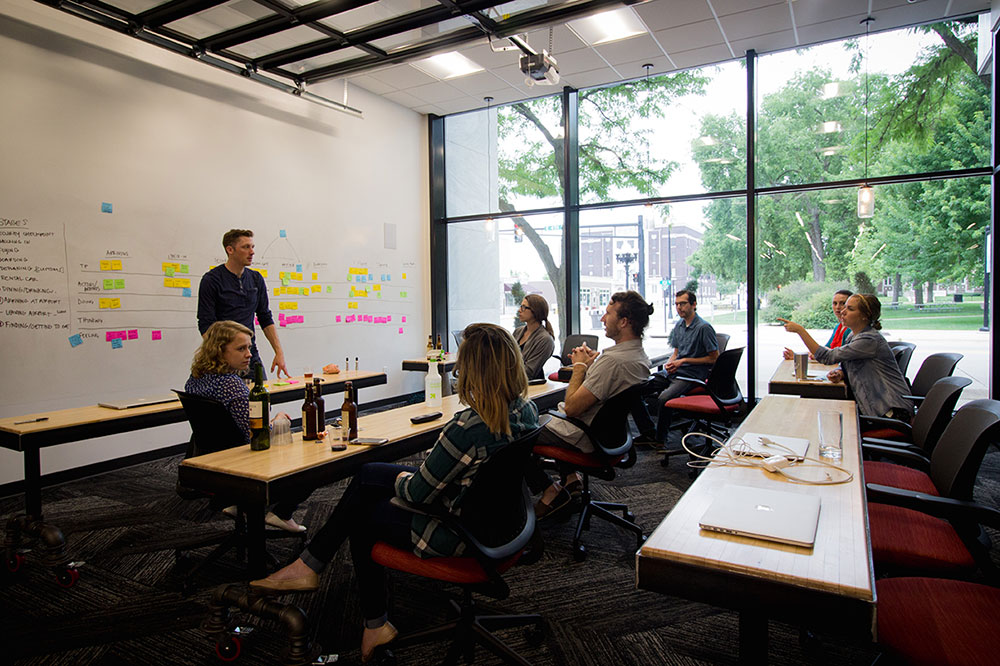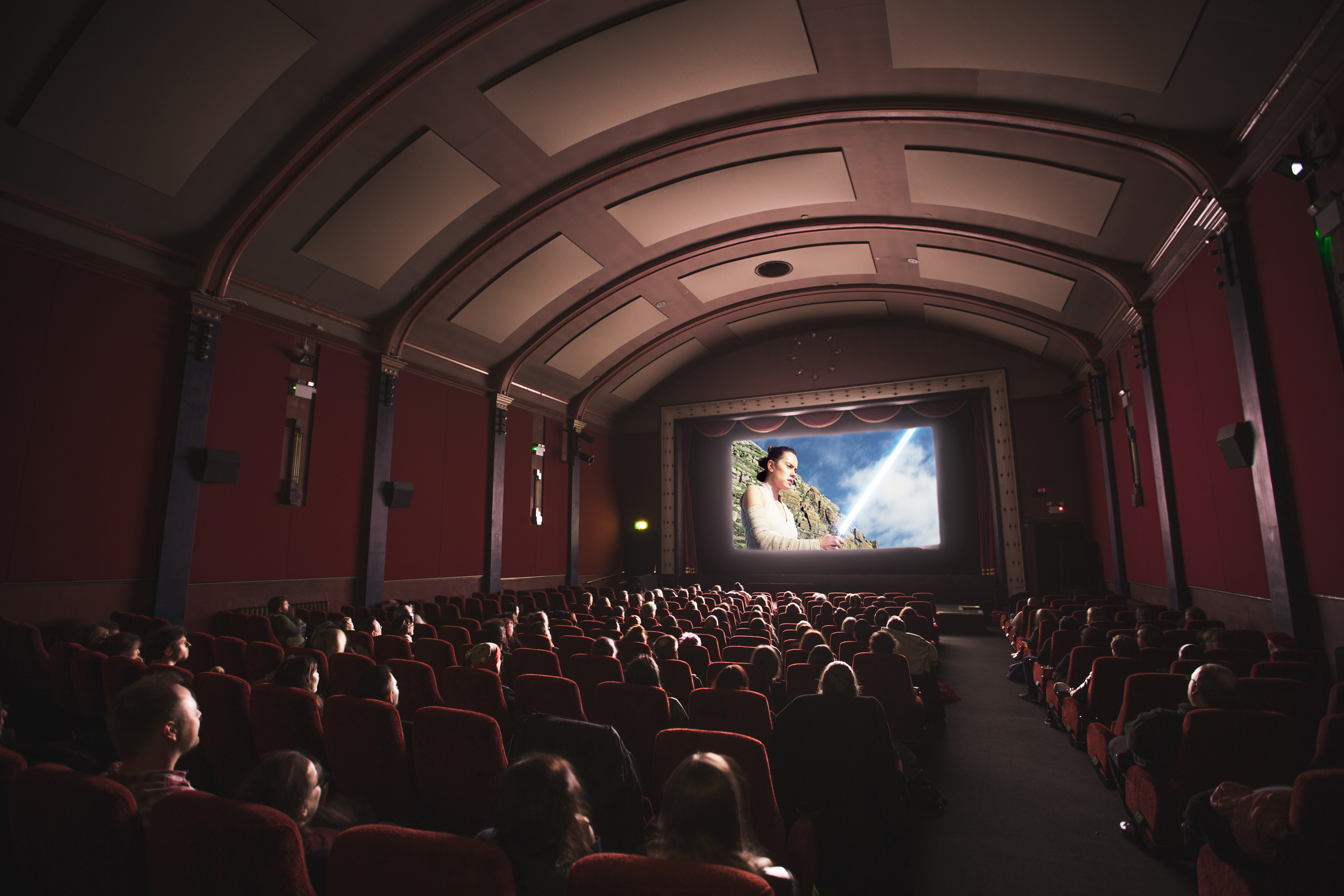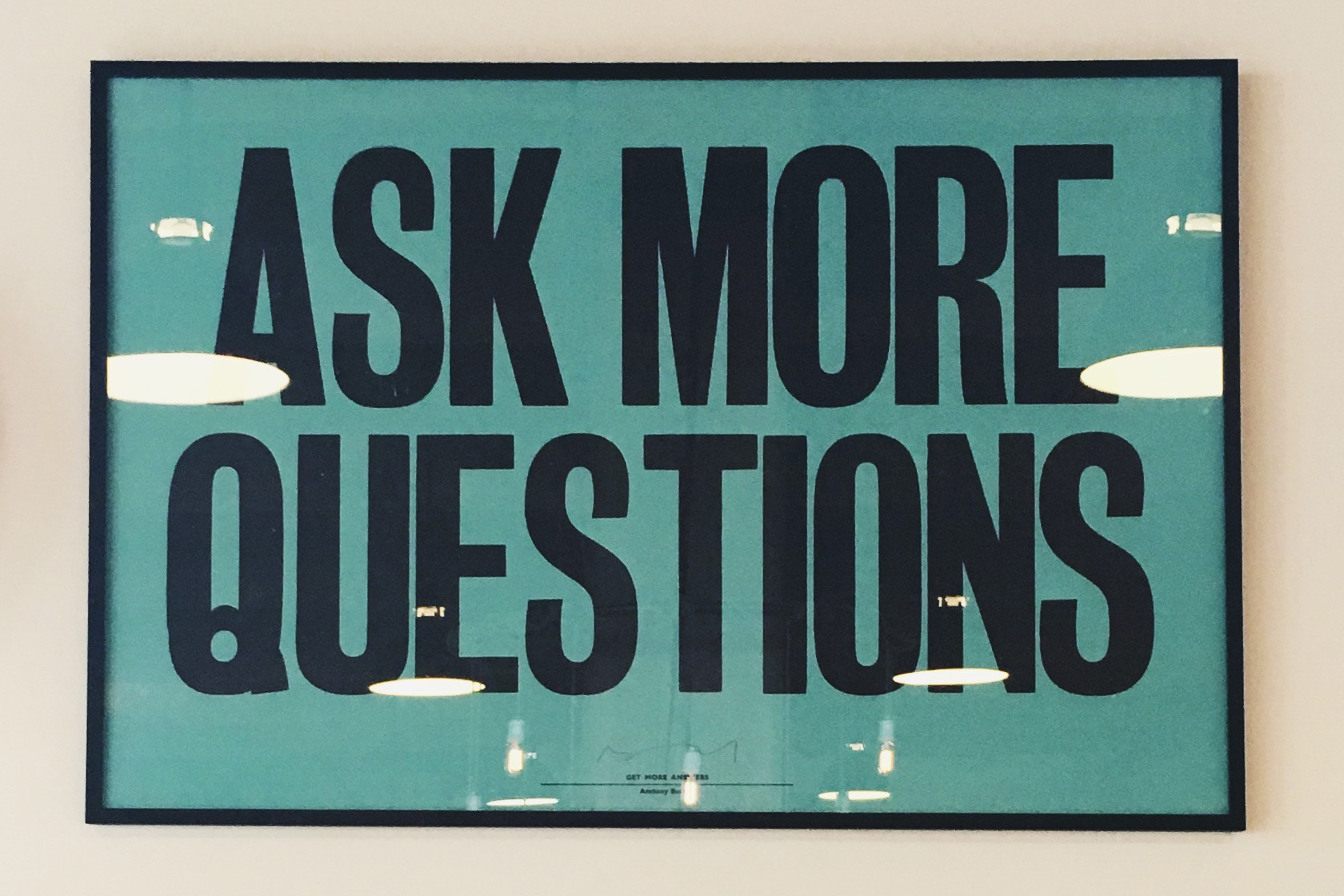Do you know your user? The importance of user research.
4 min read
Let’s say you have an innovative product that solves a need, and you’re excited about its pending success. That’s awesome! Hopefully you’ve taken the time to identify and listen to your target users. If not, it’s not too late! There’s still time to get to know your users, and learn why and how they would use your product. It can save you from being blindsided by surprises, and it reduces resources that may have been spent on making (or fixing) assumptions.
Why should you get to know your users?
Knowing your target users is the key to a great user experience. You simply can’t design a custom experience unless you have a deep understanding of the people using it. When you know your users, UX becomes a market differentiator because it gives customers the sense that the product is tailored to them.
Not only is user research the foundation for a great user experience, it’s a huge time saver. It’s easy to fall into the trap of believing that adding a research phase will slow your project, but it’s really quite the opposite. User research acts as a springboard for the design phase; UX designers can take research findings and confidently build interaction patterns that support user goals. This results in fewer iterations and a faster product delivery.
User research acts as a springboard for the design phase.
User research also affects the bottom line. Conducting research reveals the nuances of how the user sees the world (their mental model), and if capitalized on through UX, it can help your product rise above and beyond customers’ expectations. Alternatively, user research may indicate that your original vision for the product doesn’t suit a particular demographic. If that happens, you’re able to modify your product vision before design and development ever begin, or identify a market segment that could better utilize your product.
How do you get to know your user?
The short answer? Ask questions. However, be sure to:
- Word your questions carefully; you don’t want to insert any bias into the research.
- Understand what the user really means; listen to what they are trying to say, not exactly what they are saying, i.e. goals, motivations, not tasks.
- Understand what this means for your system; how does this struggle or need impact the design decisions that need to be made?
A good UX firm will drive your user research and deliver findings in a digestible form (which we’d be more than happy to help with).
If you’ve already started your project, but haven’t conducted user research yet, there is still time to course correct. Bringing the project back to users in the middle of the project is still better, and more cost effective, than trying to incorporate user needs and goals at the end.
Helpful Research Tips
If you’re looking to tackle user research on your own, here are a few guidelines straight from the Visual Logic playbook.
- Identify who would use your product and schedule a visit / work session with a couple of target users. Plan to visit them in their environment so you can get a sense for how their surroundings could affect task completion. (Bonus tip: Bring another member of your product team to help take notes and cover a second vantage point.)
- On your visits, ask users about what they’re doing, why they are doing it, and invite them to share pain points along the way. Sometimes people refrain from “complaining” out of fear of being perceived as a negative person. Encourage them to verbalize their inner monologue, or “think out loud”. You can gain invaluable insight to your user—their motivations, perceptions, and intrinsic goals—by hearing what’s going on in their minds.
- Ask “why” after responses that don’t seem to reveal goals and motivations. Often, the underlying reasons for an answer are buried a few layers below the surface-level responses.
- Distill your findings. Plan to spend an hour talking through your findings with your co-interviewer after each session. Talk through any discrepancies about what you observed and clean up your notes. Once you’ve completed all your interviews, prepare a report that’s easily digestible for designers and other stakeholders.
Without user research, your product’s user experience becomes an assumption experience. Great UX doesn’t happen accidentally, it’s a result of knowing, and designing for, the people who will use your product. You can create a meaningful experience for your users.
Take the first step: get to know them.






